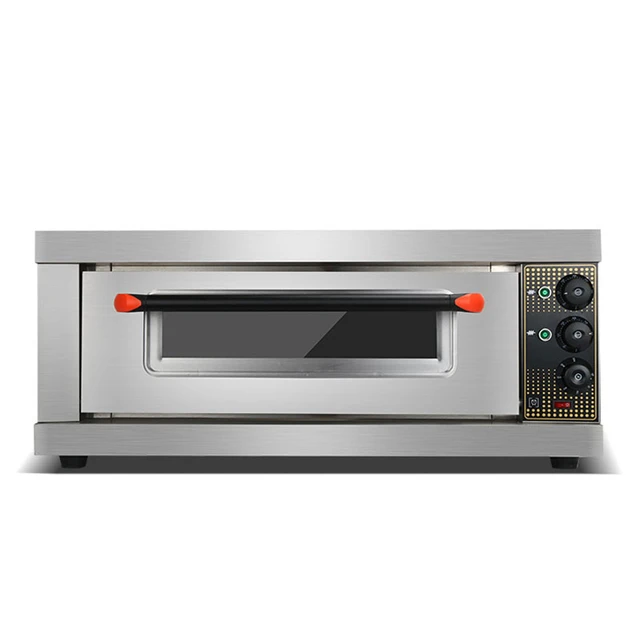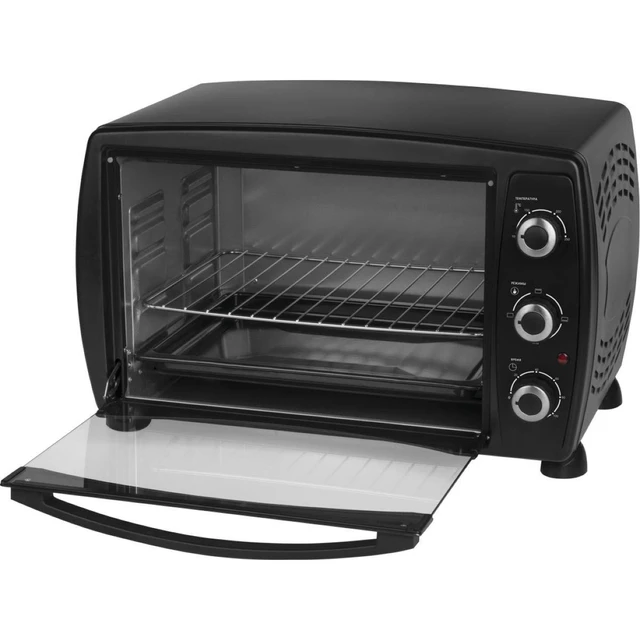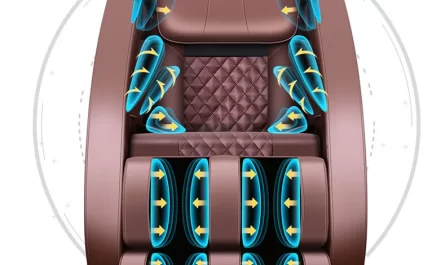Introduction:
Preheating an oven is an important step in the cooking process, as it ensures that the oven reaches the desired temperature before placing the food inside. The time it takes for an oven to preheat can vary depending on various factors, such as the type of oven, its size, and the desired temperature. In this article, we will explore the factors that influence preheating time, provide estimations for different types of ovens, and discuss tips to optimize preheating efficiency. By understanding the preheating process, users can plan their cooking time effectively and achieve better cooking results.

How long do ovens take to preheat?
Factors Affecting Preheating Time:
a. Oven Type: Different types of ovens have varying preheating times. Electric ovens generally preheat faster than gas ovens due to the efficiency of their heating elements.
b. Oven Size: The size of the oven cavity can impact preheating time. Smaller ovens tend to heat up more quickly compared to larger ovens, as there is less space to heat.
c. Desired Temperature: The higher the desired temperature, the longer it may take for the oven to preheat. Achieving higher temperatures requires more energy and time for the oven to reach and stabilize at that level.
d. Insulation and Energy Efficiency: Well-insulated ovens with higher energy efficiency ratings tend to preheat faster as they retain heat more effectively.
e. Oven Condition: The condition of the oven, specifically the heating elements, can impact preheating time. Older or poorly maintained ovens may take longer to reach the desired temperature.
Preheating Times for Different Types of Ovens:
a. Electric Ovens: Electric ovens typically preheat faster than gas ovens. On average, electric ovens take about 10-15 minutes to preheat to a temperature of 350°F (175°C). Higher temperatures, such as 450°F (232°C), may take approximately 15-20 minutes to achieve.
b. Gas Ovens: Gas ovens generally take longer to preheat compared to electric ovens. On average, gas ovens take about 15-20 minutes to preheat to a temperature of 350°F (175°C). Higher temperatures, such as 450°F (232°C), may take approximately 20-25 minutes to achieve.
c. Convection Ovens: Convection ovens, which have a fan that circulates the heat, generally preheat more rapidly than standard ovens. Preheating times for convection ovens can be reduced by around 25% compared to conventional ovens.
d. Toaster Ovens: Toaster ovens tend to preheat faster due to their smaller size. On average, toaster ovens take about 5-10 minutes to preheat, depending on the desired temperature.
Tips to Optimize Preheating Efficiency:
a. Plan Ahead: Incorporate preheating time into your cooking schedule to ensure that the oven reaches the desired temperature before you need to start baking or cooking.
b. Avoid Opening the Oven Door: Opening the oven door during preheating can result in heat loss, prolonging the preheating time. Keep the oven door closed until it’s time to place the food inside.
c. Use a Oven Thermometer: An oven thermometer can provide an accurate reading of the internal temperature, allowing you to determine when the oven has reached the desired preheating temperature.
d. Place Food in the Oven During Preheating: Some recipes may recommend placing the food in the oven during the preheating process to save time. However, this technique should only be used for specific recipes that can tolerate the longer exposure to heat.
e. Regular Oven Maintenance: Keep your oven well-maintained by cleaning it regularly and inspecting the heating elements for any signs of damage or wear. A well-maintained oven can preheat more efficiently.
f. Preheating Time Variations: Preheating times can vary depending on the oven model and its energy efficiency. It is recommended to consult the manufacturer’s guidelines for specific preheating times for your oven.
Importance of Preheating:
a. Ensures Even Cooking: Preheating allows the oven to reach the desired cooking temperature, ensuring that the food cooks evenly. This is particularly important for recipes that require precise baking times and temperature control.
b. Promotes Proper Rise and Texture: Preheating is crucial for baking recipes that involve rising dough, such as bread or pastries. The initial burst of heat during preheating helps activate the leavening agents and promotes proper rising and texture development.
c. Enhances Browning and Crust Formation: Preheating allows the oven to achieve the necessary temperature for desirable browning and crust formation on baked goods. This contributes to their appearance, flavor, and texture.
d. Saves Cooking Time and Energy: Preheating ensures that the oven is ready when the food is placed inside, reducing the overall cooking time. It also saves energy by allowing the oven to operate at the desired temperature from the start.
Preheating Safety Considerations:
a. Be Mindful of Hot Surfaces: During preheating, various components of the oven, such as the oven door, handle, or interior surfaces, can become extremely hot. Avoid touching these surfaces without proper protection.
b. Use Oven Mitts or Heat-Resistant Gloves: When placing or removing food from the preheated oven, always use oven mitts or heat-resistant gloves to protect your hands from burns.
c. Keep Flammable Materials Away: Ensure that the area around the oven is clear of any flammable materials, such as kitchen towels or curtains, to prevent the risk of fire during the preheating process.
Conclusion:
Preheating an oven is an essential step in achieving optimal cooking results. The preheating time of an oven can vary depending on factors such as the type of oven, its size, and the desired temperature. Electric ovens generally preheat faster than gas ovens, and convection ovens may preheat more rapidly than standard ovens. Planning ahead, avoiding opening the oven door during preheating, and regular oven maintenance can help optimize preheating efficiency. It is important to understand the importance of preheating for even cooking, proper rise, and browning, as well as to save cooking time and energy. By considering these factors and following safety precautions, users can ensure that their ovens are properly preheated, leading to better cooking and baking outcomes.




